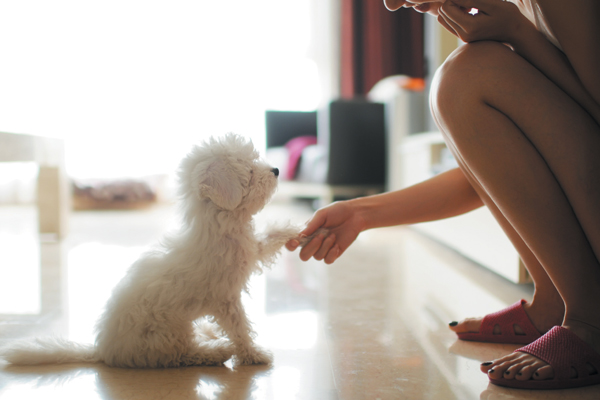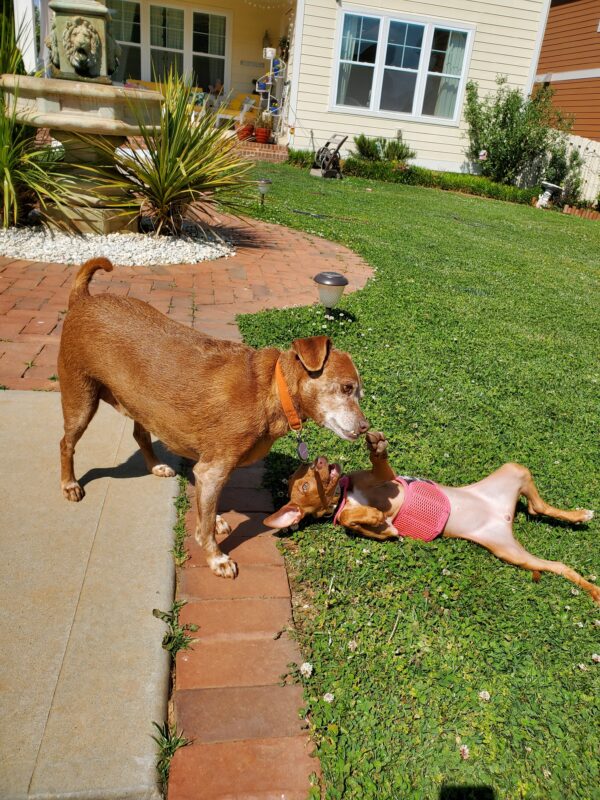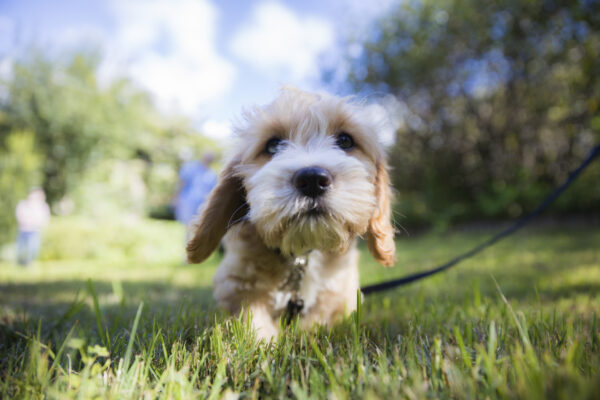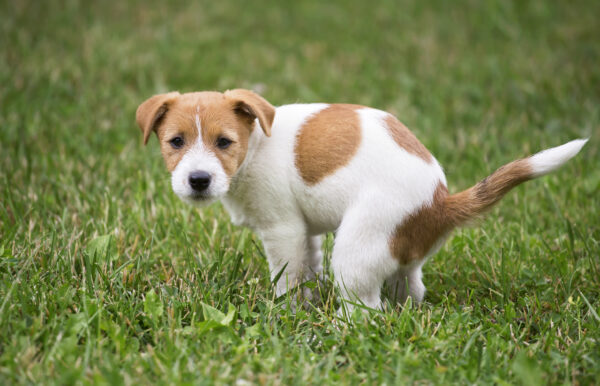Puppies are a lot like kids. They need to see new things, meet new people and have positive experiences in life. This is vital if they’re going to grow up to be happy and well-adjusted. If you have a puppy, it’s your job to provide all this to your dog while he’s still young and impressionable. While it’s not safe to expose your puppy to other dogs until he’s had all his shots (usually around 17 weeks), let’s take a look at how to socialize a puppy.
How to socialize a puppy with new people
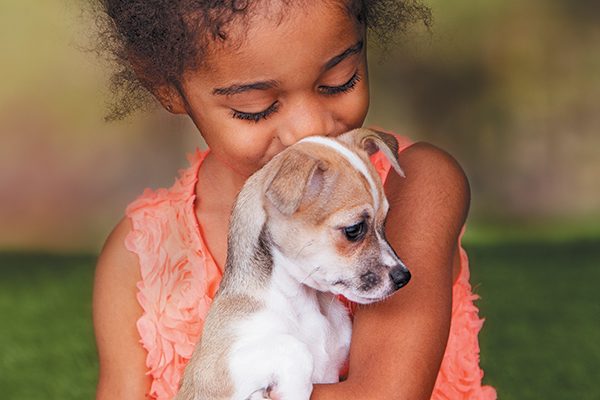
Probably the best way to socialize your puppy is to introduce him to new people. Your dog will spend the rest of his life coming into contact with people he’s never seen before, and you want to be sure he has a positive reaction every time.
Start when your pup is as young as 9 or 10 weeks. Ask friends and family to visit you and spend some time playing with and petting your puppy. Make sure they wash their hands first to get rid of any germs. Include children of different ages in the mix, and have them use a toy to play with your puppy. You want your pup to get used to kids and view them as friends.
How to socialize a puppy with other dogs
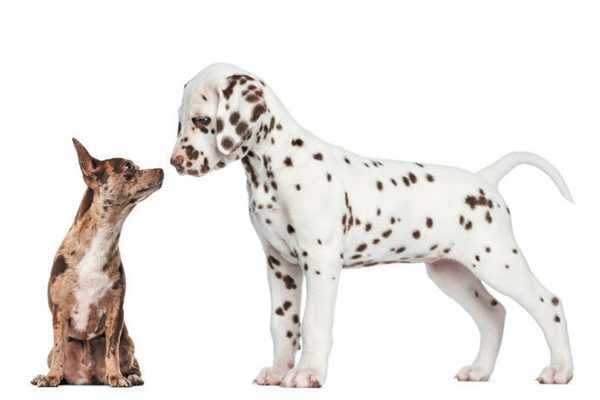
Next on the list is socializing your pup with other dogs. This is especially important if he is your only dog. You’ll need to set playdates with friends who have puppies, or take him to doggie daycare, where can play with other dogs who have been screened for temperament and are his own size.
Follow these two rules:
- Wait until your pup has had all his vaccinations before you expose him to other dogs.
- Supervise all dog play to make sure your puppy is not being dominated by a bigger or older puppy.
If your puppy is having trouble holding his own, enroll in a puppy kindergarten class so you can expose your pup to dogs his own age in a more controlled environment and where you can help build his confidence.
Introducing your puppy to different places
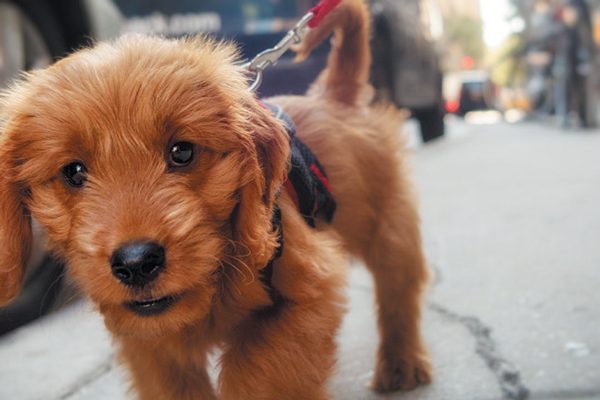
It’s vital to take your dog places when he’s young. If he never leaves your property, he’ll grow up thinking the world outside your yard is a scary place. Once he’s had all his vaccinations, start taking him for walks around the neighborhood and to a nearby park. Bring him with you when you go to the local pet supply store (most allow dogs), when you go on a picnic, if you go camping — just about anywhere you enjoy going that isn’t too crowded or noisy, and permits dogs.
If you have friends who like dogs, ask if you can bring your pup with you when you come to visit. Keep him on leash the whole time so you can monitor his reactions. The more new and different places you can take him where he will have a positive experience, the more socialized he’ll become.
How to socialize a puppy with other animals
If your dog will be around other animals — cats, chickens, horses — start socializing him around these creatures as soon you can. Teach your pup to be calm around them — don’t encourage chasing or barking — and allow him to get used to their presence. If he’s afraid of large animals, take several steps back to where he’s more comfortable, then offer treats and speak in an upbeat voice to let him know everything is OK.
Remember that each experience your puppy has must be positive. You don’t want him to be traumatized or frightened in new situations. Take it slow, and if you see your dog is afraid, make the experience less intimidating by reducing the amount of exposure, or waiting until he’s a little bit older to try it again.
Thumbnail: Photography ©PhotoTalk | Getty Images.
About the author
An award-winning writer and editor, Audrey Pavia is a former managing editor at Dog Fancy magazine and former senior editor of The AKC Gazette. She is the author of The Labrador Retriever Handbook (Barrons)and has written extensively on horses, as well as other pets. She shares her home in Norco, California, with two rescue dogs, Candy and Mookie.
Editor’s note: This article first appeared in Dogster magazine. Have you seen the new Dogster print magazine in stores? Or in the waiting room of your vet’s office? Subscribe now to get Dogster magazine delivered straight to you!

